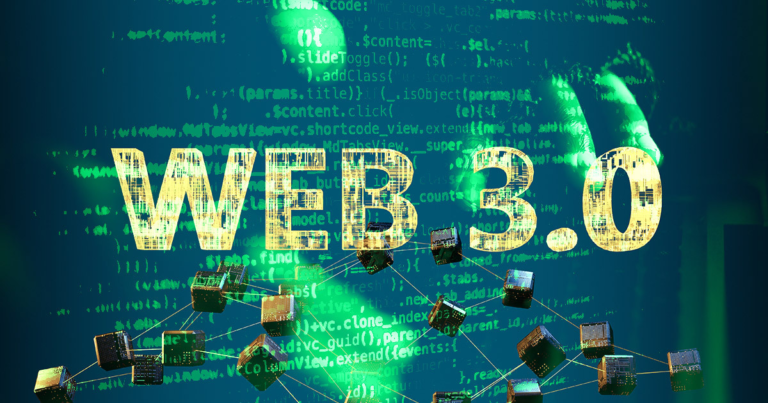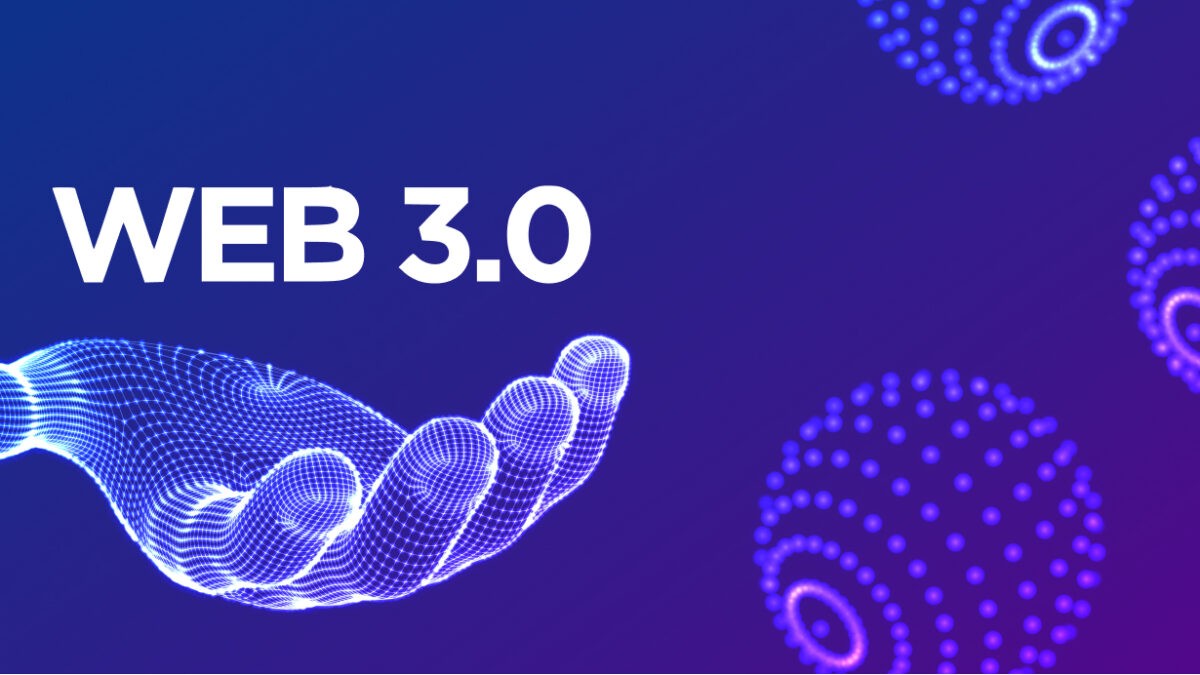Web3, a term coined by Ethereum co-founder Gavin Wood, represents the future of the internet, a decentralized online ecosystem underpinned by blockchain technology. It’s a shift from the centralized Web2, where a handful of corporations control the majority of online traffic and value, to a user-centric model where individuals have sovereign control over their data, identities, and transactions. Web3 Ecosystem offers a read/write/own version of the web, giving users a financial stake in and more control over the web communities they belong to. This new internet includes cryptocurrencies, NFTs, DAOs, and decentralized finance.
Momentum around elements of Web3 Ecosystem has increased significantly since 2018, with areas like equity investment, online searches, patent filings, scientific publications, job vacancies, and press reports all showing significant growth. Despite its growing significance, a 2022 Harvard Business Review poll revealed that nearly 70 percent of respondents admitted they don’t know what Web3 is, highlighting the need for more education and awareness about this transformative technology.

AWS and Web3 Ecosystem
Amazon Web Services (AWS) is actively preparing for the Web3 revolution, becoming a key player in the Web3 space known as “AWS Web3 Ready”. AWS hosted a virtual event named “AWS Web3 Ready” on September 15, 2022, targeting business decision-makers, operators, founders, developers, and C-level executives interested in Blockchain, NFTs, cryptocurrency, and more. The event highlighted how various Web3 companies are utilizing AWS products and services.
AWS is offering a plethora of services to facilitate the creation and deployment of Web3 applications. Amazon Managed Blockchain is one such service that allows developers to create and manage scalable blockchain networks. This service simplifies the process of setting up a blockchain network that can span multiple AWS accounts and handle millions of transactions.
Moreover, AWS provides services for developing static hosted web applications that interact with a blockchain network through an Amazon Managed Blockchain node. The architecture includes Amazon CloudFront for content delivery, Amazon Simple Storage Service (S3) for static web hosting, and AWS Lambda for serverless computing. These services collectively provide a robust infrastructure for building and deploying decentralized applications (DApps) on the AWS platform.
AWS also offers workshops for developers to learn about various aspects of Web3 development, including simplifying wallet UX with Ethereum Account Abstraction wallets, creating CI/CD pipelines for developing Smart Contracts, indexing and analyzing blockchain data with the Graph, integrating Generative AI artwork into an NFT application, and storing media on decentralized file storage on IPFS.
Lingoes in Web3
Traditionally, Lingoes functions as a powerful translation software, aiding communication across language barriers. In the context of Web3, a global and borderless space, this ability becomes even more critical.
Web3 thrives on a diverse community, with participants from all corners of the globe. Decentralized applications (DApps), DAOs (Decentralized Autonomous Organizations), and NFT marketplaces often have international user bases. Here’s where Lingoes steps in:
- Facilitating Cross-Language Communication: Effective communication is essential for collaboration and building trust within Web3 communities. Lingoes can bridge the language gap, allowing users to understand project documentation, participate in DAO discussions, and navigate DApps interfaces in their native languages.
How is Lingoes Contributing to the Web3 Ecosystem?
Beyond simple translation, Lingoes can contribute to Web3 in several ways:
- Localization of DApps and NFT Projects: As Web3 ventures expand globally, Lingoes can help localize DApps and NFT projects, making them accessible to a wider audience. This can significantly increase user adoption and project reach.
- DAO Translation Services: DAOs often require multilingual participation. Lingoes can be integrated into DAO platforms to provide real-time translation services, fostering smoother communication and collaboration within the DAO.
- Multilingual Content Creation: Web3 is fueled by user-generated content. Lingoes can empower creators to translate their content (articles, tutorials, etc.) into multiple languages, reaching a global audience and expanding their reach within the Web3 community.
The Future of Lingoes in Web3 Ecosystem
As Web3 continues to evolve, Lingoes can play a crucial role in:
- Development of Interoperable Translation Tools: Imagine a future where translation seamlessly occurs within Web3 applications, allowing users to interact with any DApp or NFT project regardless of language. Lingoes’ expertise could be crucial in developing such tools.
- Integration with Metaverse Platforms: The metaverse, a key aspect of Web3, will likely be a multilingual space. Lingoes could integrate with metaverse platforms to provide real-time translation for in-world communication and content.
Enabling Web3 with Moralis
What is Moralis?
Moralis, founded in 2021 by Ivan Liljeqvist (CEO) and Filip Martinsson (COO), is a platform designed to revolutionize Web3 development. By providing a wide range of Web3 tools, Moralis simplifies the process for developers, allowing them to seamlessly integrate these tools into their decentralized applications (dApps) .
How to Enable Web3 with Moralis
To enable Web3 functionality in your application using Moralis, follow these steps:
- Setting Up Moralis:
- First, make sure you have a Moralis server set up. If you haven’t already, create a new Moralis server.
- Install the Moralis SDK in your project. You can do this via npm or yarn:
| npm install moralis # or yarn add moralis |
- Initializing Moralis:
- In your JavaScript code (e.g., within a script tag or a separate JS file), initialize Moralis with your application ID and server URL:
- JavaScript
| const appId = ‘YOUR_APP_ID’;const serverUrl = ‘YOUR_SERVER_URL’;Moralis.initialize(appId);Moralis.serverURL = serverUrl; |
- Enabling Web3:
- To enable Web3, use the Moralis.enableWeb3() function. This function prompts the user to connect their wallet (e.g., MetaMask) and returns a Web3 instance:
- JavaScript
| async function enableWeb3() { try { const web3 = await Moralis.enableWeb3(); // Now you can interact with the Ethereum blockchain using web3! // For example, you can get the user’s address: const userAddress = web3.eth.accounts[0]; } catch (error) { console.error(‘Error enabling Web3:’, error); }} |
- Accessing User Data:
- Once Web3 is enabled, you can access user-related data, such as their wallet address, balances, and transactions.
- Use Moralis functions like Moralis.Web3.getAllERC20() to retrieve token balances.
- Building dApps:
- With Web3 enabled, you can now build decentralized applications. Create features like NFT marketplaces, DeFi platforms, or social networks that interact with the Ethereum blockchain.
Benefits of Using Moralis for Web3 Enablement
- Simplified Development: Moralis abstracts away complex Web3 interactions, making it easier for developers to focus on building features rather than dealing with low-level details.
- Security: Moralis provides secure authentication and data management, ensuring that user data remains private.
- Cross-Chain Support: Moralis supports multiple blockchains, including Ethereum, Binance Smart Chain, and Polygon.
- Rapid Prototyping: Quickly prototype and test your dApp ideas using Moralis without spending excessive time on setup.
PHWeb3Fest: A Web3 Festival
The PHWeb3Fest is a week-long celebration of blockchain gaming, NFTs, eSports, DeFi, crypto, and more. Held at the epicenter of Web3 adoption—the Philippines—this event brings together a diverse array of players, builders, and investors. Let’s dive into the details:
What Is the PHWeb3Fest?
The Philippine Web3 Festival showcases the future of Web3 and highlights a wide range of games, guilds, NFT projects, and crypto venture capitalists. It’s a unique opportunity to witness how and why the Web3 movement began in the Philippines. By bringing together thought leaders, creators, and investors, the festival provides real-time insights into the future direction of Web3.
Event Highlights:
- Flagship Conference:
- Internationally renowned speakers share the stage with industry pioneers who have shaped the burgeoning Web3 ecosystem.
- Topics include blockchain protocols, inclusivity, NFT art, play-to-earn models, and more.
- Esports Tournament:
- Top games and guilds participate in competitive esports events.
- Explore the intersection of gaming and blockchain technology.
- Hackathon for Innovators:
- Web3’s elite innovators collaborate on projects and explore cutting-edge ideas.
- Expect creative solutions and prototypes.
- NFT Gaming and Beyond:
- Industry leaders discuss the next frontier in NFT gaming.
- Learn from successful launches of Web3 games in Southeast Asia.
- Investor Matching:
- Pitch your Web3 project to venture capitalists.
- Understand what investors look for when evaluating projects and teams.
- Networking and Community Building:
- Dinners, parties, and side events provide ample networking opportunities.
- Connect with like-minded individuals passionate about Web3.
Impact on the Web3 Ecosystem:
The PHWeb3Fest has several key takeaways:
- Visibility: By hosting this festival, the Philippines solidifies its position as a global leader and epicenter of Web3 development.
- Education: Participants gain insights into the latest trends, technologies, and opportunities within the Web3 space.
- Collaboration: Bringing together players, builders, and investors fosters collaboration and accelerates Web3 adoption.
- Inspiration: Attendees leave inspired to contribute to the Web3 ecosystem and drive positive change.
Stay tuned with Latest Web3 News for more valuable information!
